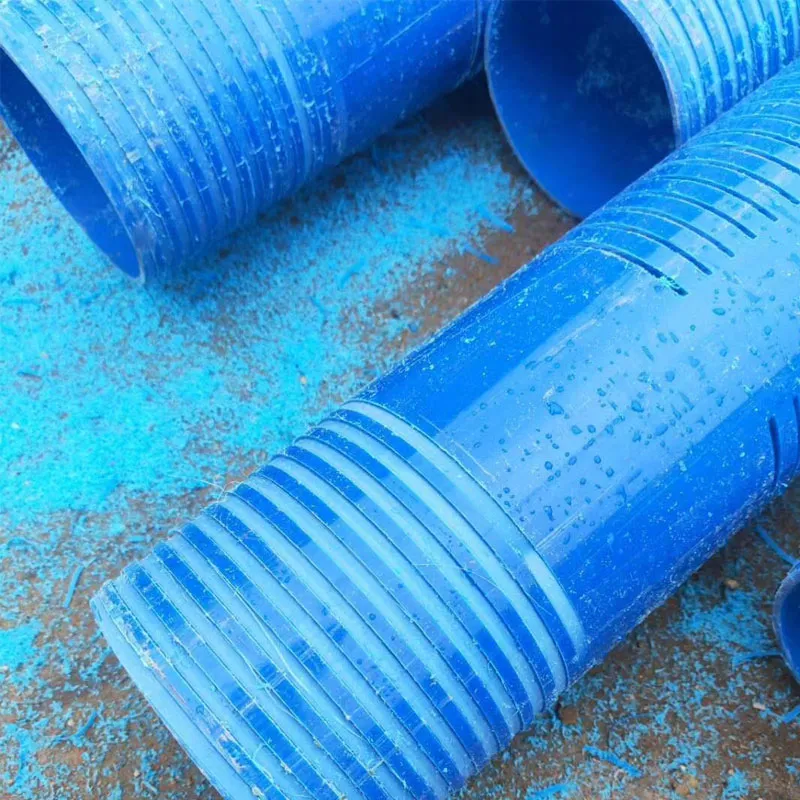Nov . 11, 2024 01:15 Back to list
HDPE Couplings Manufacturing Processes and Factory Insights for Better Production Efficiency
Understanding HDPE Couplings and Their Manufacturing Process
High-Density Polyethylene (HDPE) is a versatile thermoplastic that is widely used in various applications, particularly in the construction, plumbing, and agricultural sectors. One of the key components made from HDPE is couplings, which are crucial for connecting sections of pipes in a reliable and robust manner. This article will delve into the significance of HDPE couplings, their manufacturing process, and how HDPE coupling factories operate.
The Importance of HDPE Couplings
HDPE couplings are essential in a variety of systems where fluid transportation is critical. They serve to connect different lengths of HDPE pipes, ensuring the seamless flow of liquids or gases. The durability and chemical resistance of HDPE make these couplings an ideal choice for both underground and above-ground applications, including
1. Water Supply Systems HDPE couplings are commonly used in municipal water distribution systems due to their ability to withstand high pressure and resist corrosion. 2. Sewage and Wastewater Management Their resistive properties make HDPE couplings suitable for sewage systems, where contact with aggressive chemicals is prevalent. 3. Agricultural Applications In agriculture, these couplings help in irrigation systems, permitting efficient water delivery to crops. 4. Oil and Gas Industries The chemical resistance of HDPE supports its use in transporting fuels and other hazardous materials safely.
Given their importance, the quality and reliability of HDPE couplings can directly impact the performance and longevity of the systems they are used in, making the role of manufacturing factories vital.
The Manufacturing Process of HDPE Couplings
Manufacturing HDPE couplings involves several key steps, all aimed at ensuring the strength, durability, and precision of the final product. Here’s a brief overview of the typical process involved in HDPE coupling production
1. Material Selection The process begins with sourcing high-quality HDPE resin, which is chosen based on its density and properties that match the intended application of the couplings.
hdpe couplings factories

2. Extrusion The selected HDPE material is fed into an extruder, where it is heated and melted. The molten resin is forced through a die to create a continuous tube of HDPE. The diameter and wall thickness of this tube can be adjusted based on product specifications.
3. Cooling and Cutting After extrusion, the HDPE tube is cooled using water or air to solidify it. Once cooled, the tube is cut into appropriate lengths, depending on the specific dimensions required for the couplings.
4. Forming the Couplings The cut HDPE sections are then molded into coupling shapes. This is typically done using a process called injection molding, where the melted HDPE is injected into a mold designed for the coupling's shape and size.
5. Testing Quality control is crucial in this manufacturing process. Each batch of couplings undergoes rigorous testing to ensure they meet industry standards for pressure, temperature, and chemical resistance. These tests may include hydrostatic pressure tests and visual inspections.
6. Packaging Once the couplings pass all tests, they are cleaned and packaged efficiently to prevent damage during transportation. Factories often implement eco-friendly practices in their packaging processes to minimize environmental impact.
7. Distribution Finally, the packaged couplings are shipped to distributors or directly to customers, ensuring a steady supply for various applications.
The Role of HDPE Coupling Factories
Factories that produce HDPE couplings play a crucial role in meeting the increasing demand for reliable pipe connection solutions. They contribute to the economy by providing jobs, driving innovation in manufacturing processes, and promoting sustainability through the use of recyclable materials. Moreover, many of these factories are investing in advanced technology, such as automated production lines and AI-driven quality control systems, to enhance efficiency and product quality.
In conclusion, HDPE couplings are an essential element in numerous industries, ensuring the safe and efficient transport of fluids. The factories that manufacture these couplings play a significant role in producing high-quality components that meet the rigorous standards of today's markets. As technology advances and demands evolve, the future of HDPE coupling production looks promising, with ongoing innovations poised to improve performance and environmental sustainability.
-
High-Quality PVC Borehole Pipes Durable & Versatile Pipe Solutions
NewsJul.08,2025
-
High-Quality PVC Perforated Pipes for Efficient Drainage Leading Manufacturers & Factories
NewsJul.08,2025
-
High-Quality PVC Borehole Pipes Durable Pipe Solutions by Leading Manufacturer
NewsJul.08,2025
-
High-Quality PVC Borehole Pipes Reliable PVC Pipe Manufacturer Solutions
NewsJul.07,2025
-
High-Quality UPVC Drain Pipes Durable HDPE & Drain Pipe Solutions
NewsJul.07,2025
-
High-Quality Conduit Pipes & HDPE Conduit Fittings Manufacturer Reliable Factory Supply
NewsJul.06,2025

